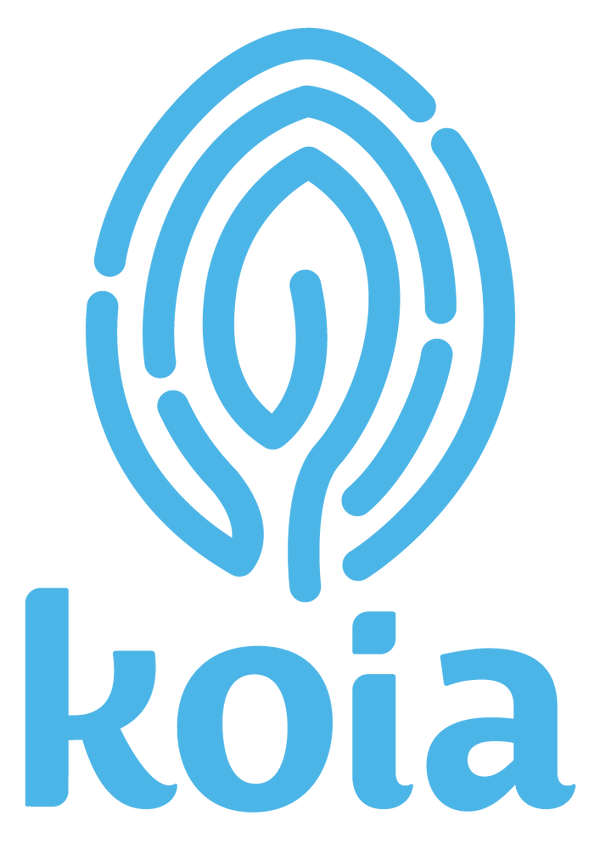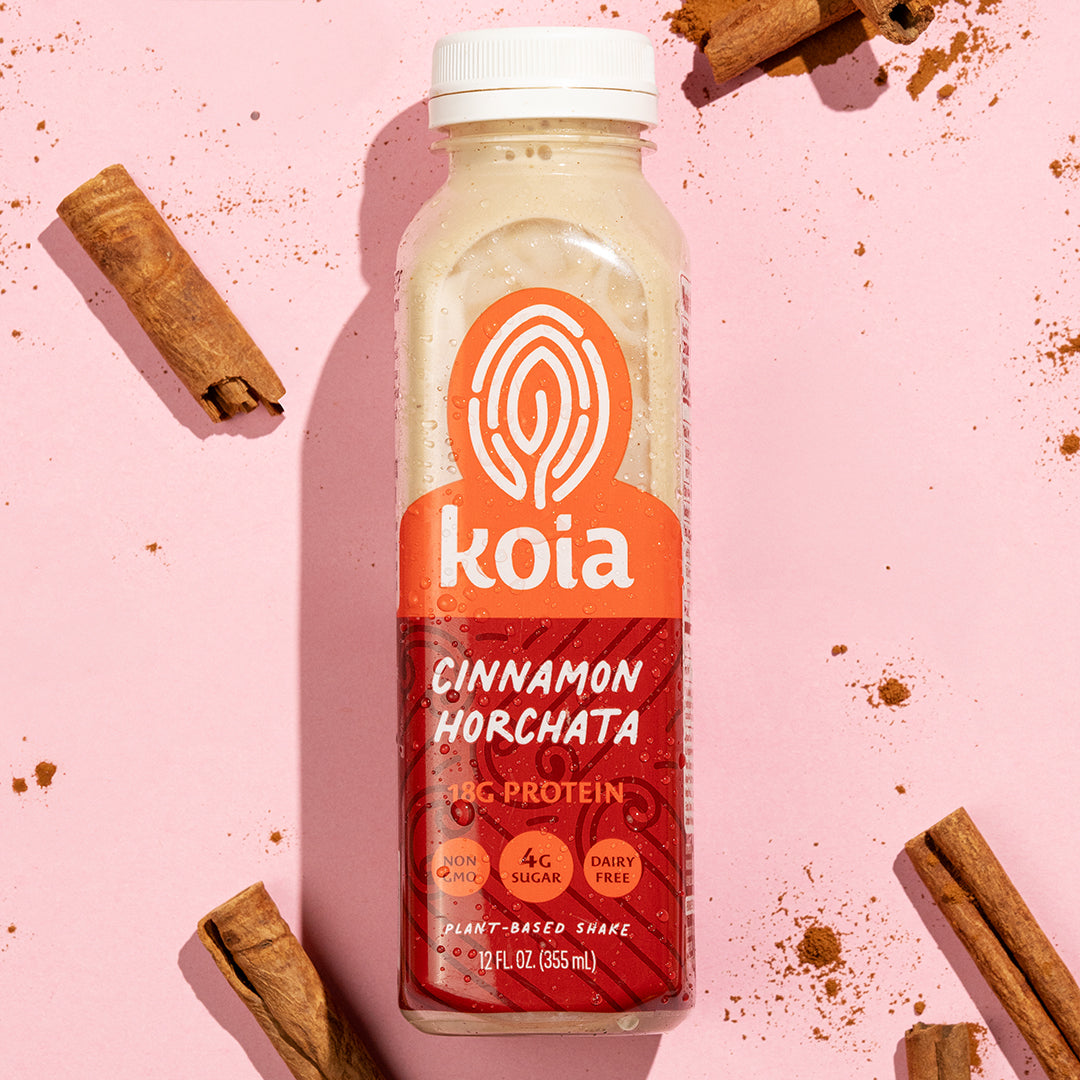One of the biggest shifts people notice when starting a GLP-1 is how quickly they feel full. Smaller portions, lighter meals, it’s a new rhythm. And while that’s often a welcome change, it also means your body has to make do with less fuel.
That’s why protein becomes one of the most important nutrients to focus on.
1. Weight Loss vs. Muscle Loss: What’s the Difference?
When your appetite drops, your body may not get as much protein as it needs. Over time, that can lead to losing muscle along with fat, something most people don’t realize.
Muscle isn’t just for strength; it’s vital for:
Keeping your metabolism active
Supporting mobility and daily energy
Maintaining bone health
Regulating blood sugar
The goal isn’t just to lose weight, it’s to lose fat while keeping your muscle strong and healthy. That’s where protein steps in.
2. Protein: Your Muscle’s Best Friend
Protein provides the amino acids your body uses to repair and build muscle tissue. When you’re eating less, you still need those building blocks, sometimes even more than before.
Eating enough protein helps you:
Preserve lean muscle during weight loss
Feel full longer between meals
Recover from exercise or activity
Stay energized throughout the day
If your meals are smaller or lighter now, protein-rich foods become the foundation that helps you stay strong and steady.
3. How Much Protein Do You Need?
Everyone’s needs are a little different, but most health professionals recommend aiming for roughly 20–30 grams of protein per meal when possible or at least making sure each meal or snack includes a good source.
That could come from:
Eggs, fish, chicken, or tofu
Greek yogurt or cottage cheese
Beans and lentils
Plant-based shakes like Koia, which offer complete protein in an easy, ready-to-drink format, ideal for when your appetite is small or you’re on the go
The key is consistency. A little protein at every meal adds up to meaningful support for your muscles and metabolism.
4. Pair Protein With Movement
Even gentle movement, walking, light resistance training, yoga, signals your body to hold on to muscle. Combine that with steady protein intake, and you have a recipe for strong, healthy weight loss that feels sustainable.
It’s not about intensity; it’s about consistency. Nourish your muscles, move them regularly, and they’ll keep supporting you.
5. The Takeaway
On a GLP-1, weight loss often happens naturally but keeping your body strong takes a little intention. Protein is the nutrient that makes that possible.
By including high-quality protein in your meals and snacks, you help your body preserve muscle, support your metabolism, and feel more energized day to day.
So whether it’s a balanced meal, a protein-packed smoothie, or a convenient plant-based shake like Koia, remember: every bit of protein is a step toward feeling your best, inside and out.

